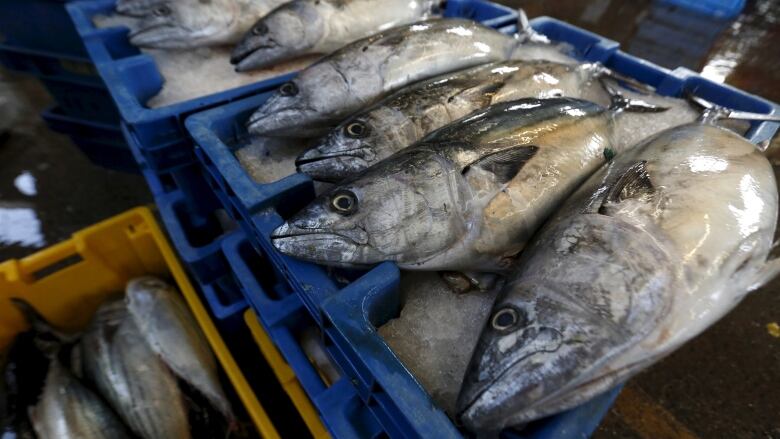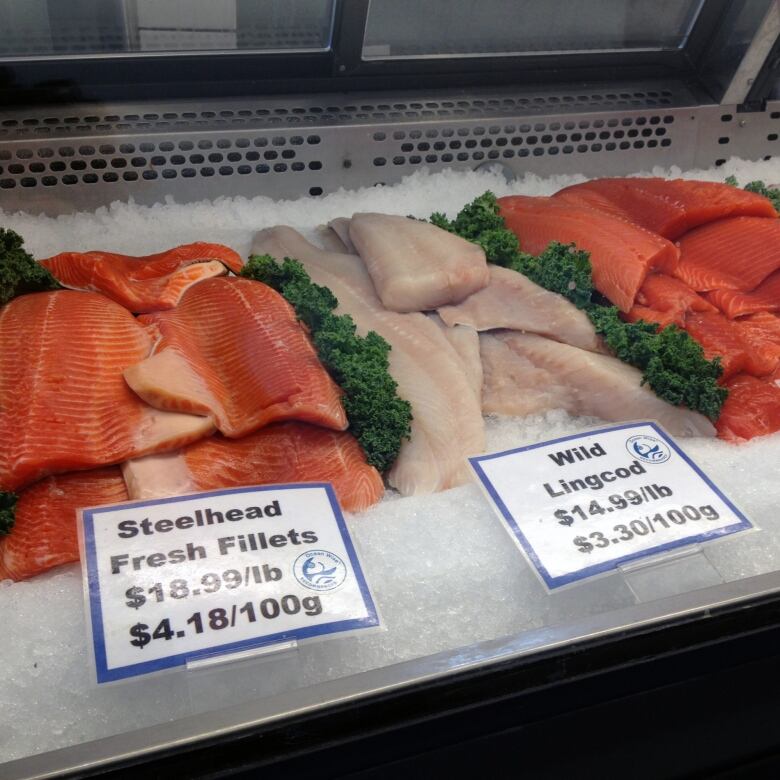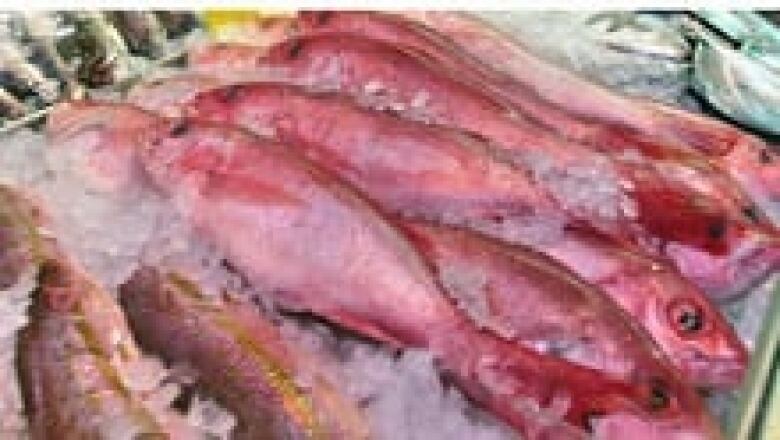We need a 'fuel gauge' for marine fish levels: Bob McDonald
New report says the number of fish in the oceans has halved since 1970

Another report on the poor health of the world's oceans, released this week,predicts dire consequences for all life on Earthif something isn't done soon. One problemis that these difficult issues are literally out of sight and out of mind.
What is needed is some kind of fuel gauge for marine life that shows what we had and what's left.
The report, called The Living Blue Planetby the World Wildlife Fund, shows that we have reached the halfway point when it comes to fish in the sea. Since 1970, half of all marine fishhave disappeared, scooped out by over-fishing andkilled by pollution, habitat loss, acidification ...the list of assaults goes on.
The same is true for coral reefs, which could be completely gone by 2050.
This comes on the heels of another report, (heard last week on Quirks & Quarks),about the amount of plastic in the oceans, and yet another, (heard on this week's show),about how Canada's lawsprotecting endangered fish species are basically ineffective.
Reports on the sorry state of our oceans are not new. We've been hearing about collapsing fisheries, oil spills, toxic algae blooms and bleaching coral for decades. So, why has action to do something about it been so slow?

Regardless of how many fish there actuallyare, the ocean still looks basically the same. Stand on a beach and waves still wash the shore, the water is still blue, storms come and go.It has looked the same for billions of years.There is no visible way to see how much is beneath the waves, compared to what there once was.
We need some kind of visual representation, something like the fuel gauge in a vehicle.
You've probably played gas gauge roulette, especially on a long road trip.That's where the needle is dropping towards empty, but you think you can make it to the next town. Then you begin to doubt your decision. "Will we make it that far? How far can you actually go, when the needle's on empty?What if the town's gas station is closed? Why didn't I fill up at that last town, 15minutes ago?"
When the needle approaches the "E" on the gauge, you can't take your eyes off it. Every time you look at it, it seems to be moving faster.How much farther can you go?
Images of being stranded on the side of the highwaywith hungry and tired kidsrun through your mind, until, finally, miraculously, an illuminated sign of a gas station appears on the horizon an oasis in the gasoline desert.
That visual representation of the amount of unseen fuel in your tank graphicallyand immediatelyshows the proportion of what you have now, compared to what you used to have, without using any numbers. It instantly provides a powerful reminder of when action needs to be taken.

The demand for seafood continues to rise as our population increases and farmland is taken over by cities. As the saying goes, they're not making any more land. Well, they're not making any more ocean, either.
So, here's an idea. How about a fuel gauge for the oceans?
A giant dial with the needle already at the half-way mark and slowly dropping. This could be similar to the Doomsday Clock,set up by the Club of Rome in 1947, with the hands set five minutes to midnight, to show how close we are to nuclear war. The hands of the clock were reset every year, depending on the state of nuclear threats or disarmament. Now, the clock is tracking climate change.
An ocean gauge would have the needle move down towards empty, according to declining fish stocks, or rise towards fullwhen marine-protected areas or no-fishing zones are established. We could put these gauges on public beaches, at resorts, and perhaps, more effectively, in parliament.
The good news is that the ocean fuel tank can be refilled.
In fact, it will refill itself if we give it a chance with responsible management.
We pay a lot of attention to gas gauges, but we can survive without gas. Let's begin to pay attention to the ocean gauge, because it's a matter of survival.












_(720p).jpg)


 OFFICIAL HD MUSIC VIDEO.jpg)
.jpg)



























































































